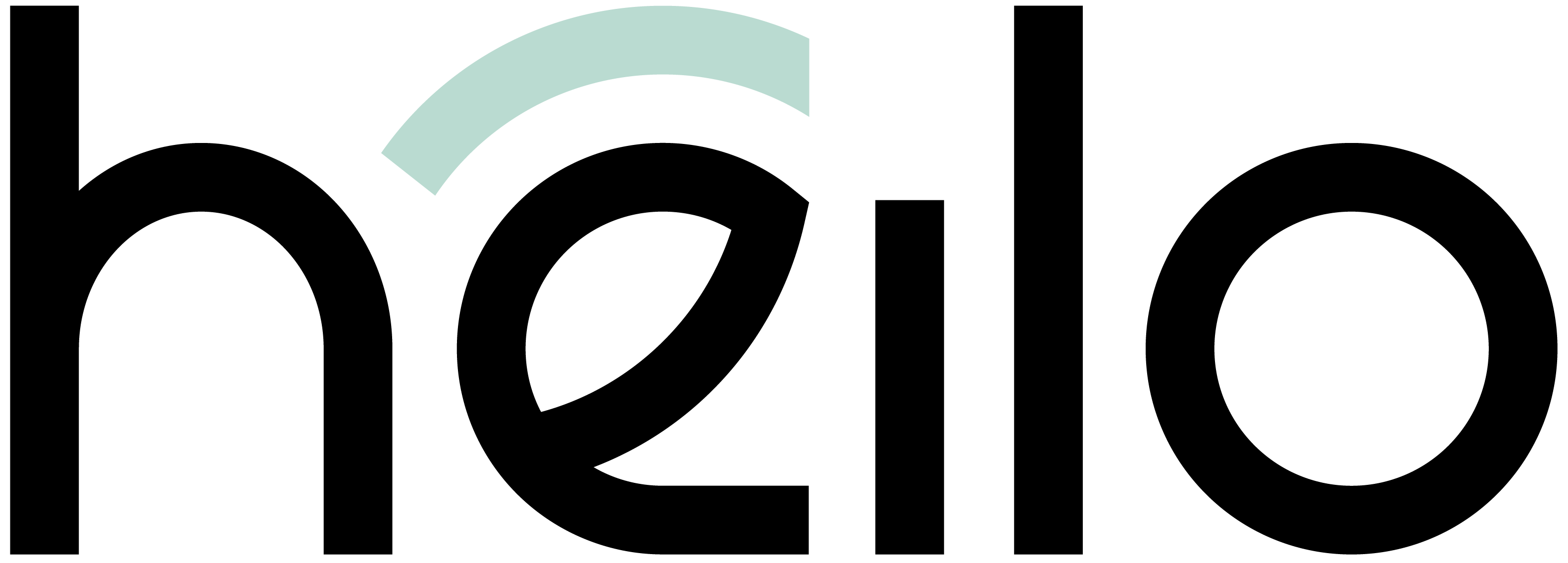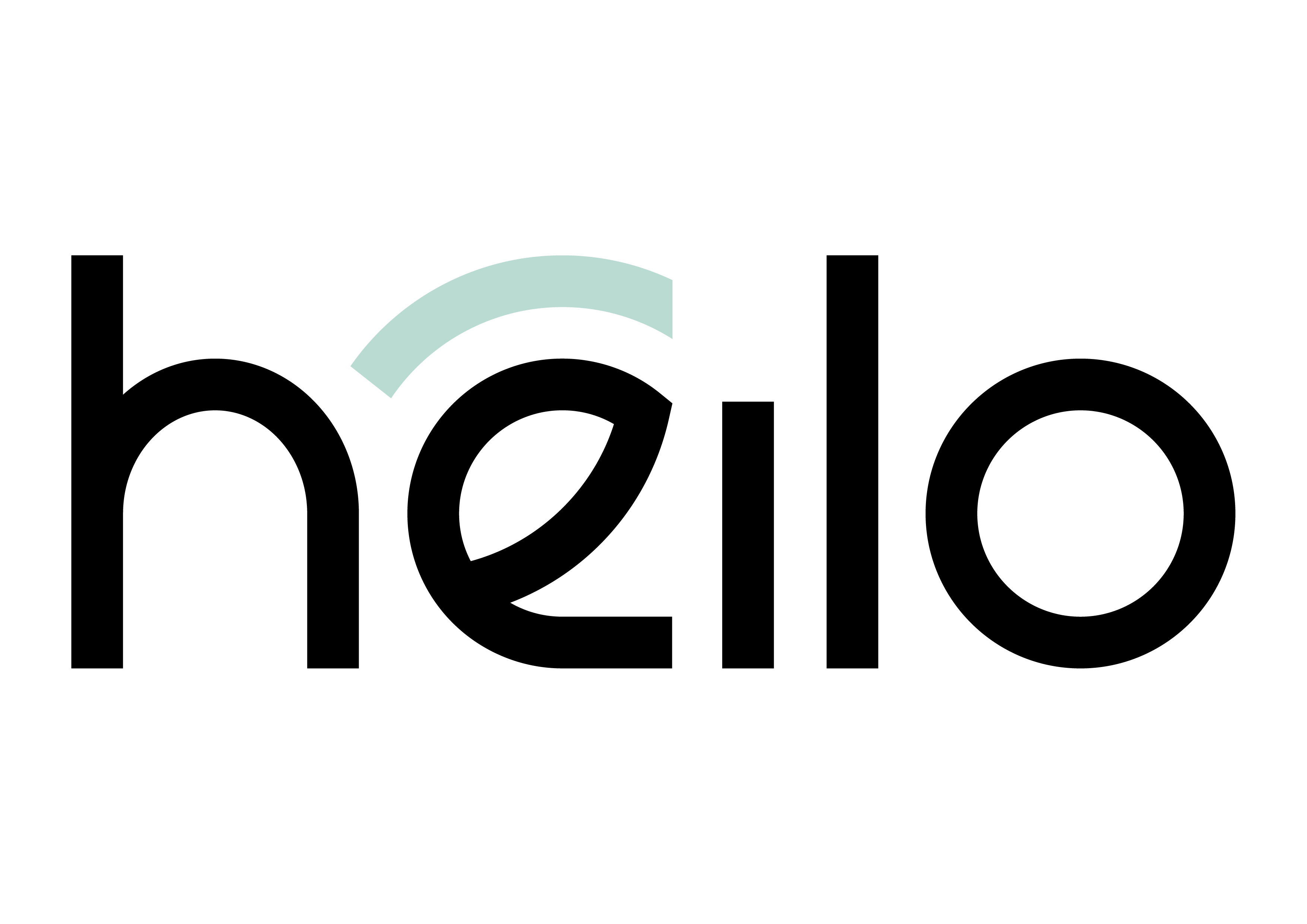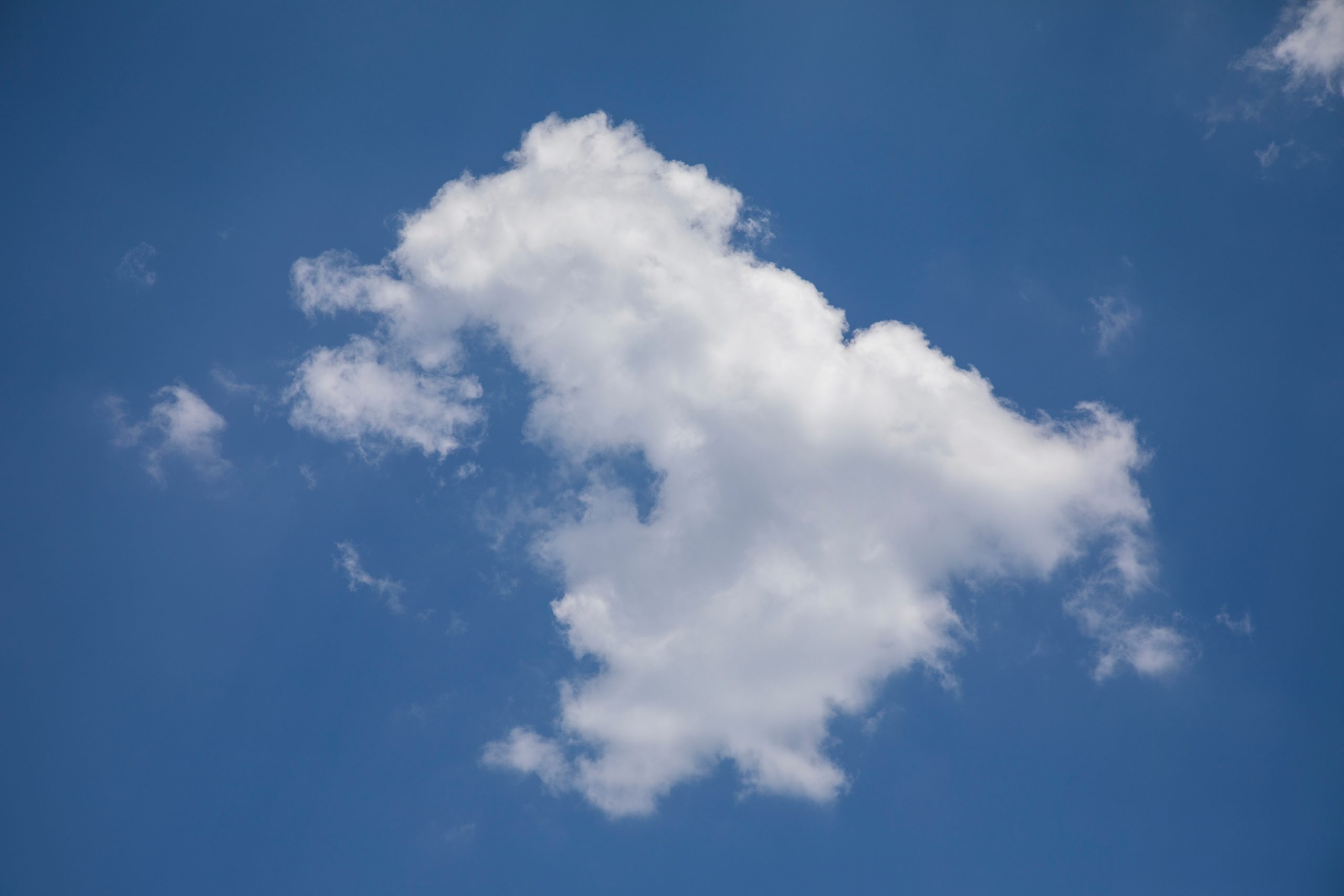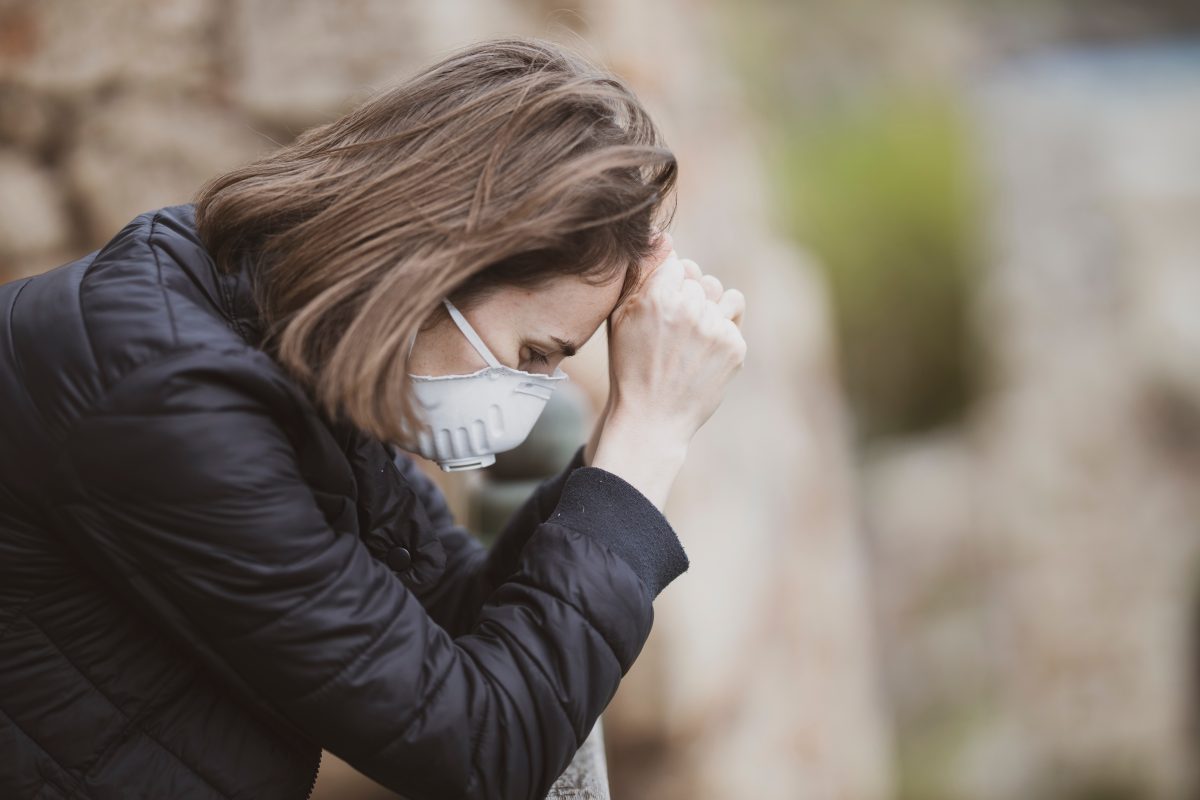HEPA filters are present in everyday items: vacuum cleaners, air conditioners , cars or air purifiers. What this type of filter actually cleans and how it works you will learn in the following post.
What is a HEPA filter?
What are the classes of HEPA filters?
Other filter classifications: G (coarse) , M (medium-fine), F (fine).
What do we use in Heilo?
What is a HEPA filter?
The name HEPA filter comes from the acronym for High Efficiency Particulate Air filter. This type of filter effectively captures particulate matter, i.e. dust, allergens. It also demonstrates efficiency by eliminating many types of bacteria and viruses. Of the above, the most dangerous pollutants are PM1. PM2.5 and PM10, which are components of smog and, due to their small size, easily enter the respiratory tract and even the bloodstream, causing dangerous diseases. Most air purifiers are equipped with a HEPA filter, which is their main element in the fight for clean air, for it captures smog particles and allergens with a high efficiency of up to 99.9%.
HEPA filters are used wherever high standards of air quality must be maintained, such as in:
- hospitals
- laboratories
- doctor’s offices
- pharmaceutical industry
- food industry
What are the classes of HEPA filters?
HEPA filters have different types of classes, which are numbered. All those that are equal to and below class 12 are designated EPA (E10, E11, E12), or Efficiency Particulate Air. Depending on the filter class, they remove between 85% (E10 filter) and 99.5% of pollutants (E12 filter). On the other hand, those above class 12 are called HEPA filters (H13 and H14). Their efficiency is 99.95% and above. They are excellent at dealing with PM1, PM2.5 or PM10 particulate matter. EPA and HEPA filters are also called absolute filters, from excellent. excellent.

Other filter classifications: G (coarse) , M (medium-fine), F (fine).
Below the EPA and HEPA class, we can also mention:
- coarse filters (G1-G4) – these are filters that eliminate basic contaminants. It should be noted that they can not cope with smog, pollen, fungal spores, fine dust;
- medium-fine filters (M5-M6) – are very effective at stopping basic pollutants. They filter pollen well, as well as partial smog and bacteria;
fine filters, or High: F7, F8 and F9. These are 2nd level air purification filters applicable to rooms with high air cleanliness requirements. They remove up to 85% of PM1 and up to 95% of PM2.5 and PM10.
What do we use at Heilo – antismog cover for carrycots and baby strollers?
At Heilo, we do not compromise and use E11 filters, whose efficiency is 95%. The task of this filter is to clean the air very thoroughly from pollutants, dust, fungi, bacteria. Thanks to it,your child can take a deep breath 🙂





